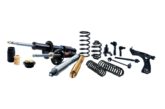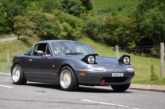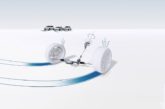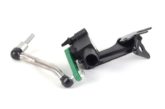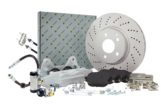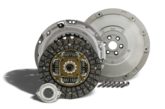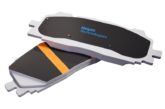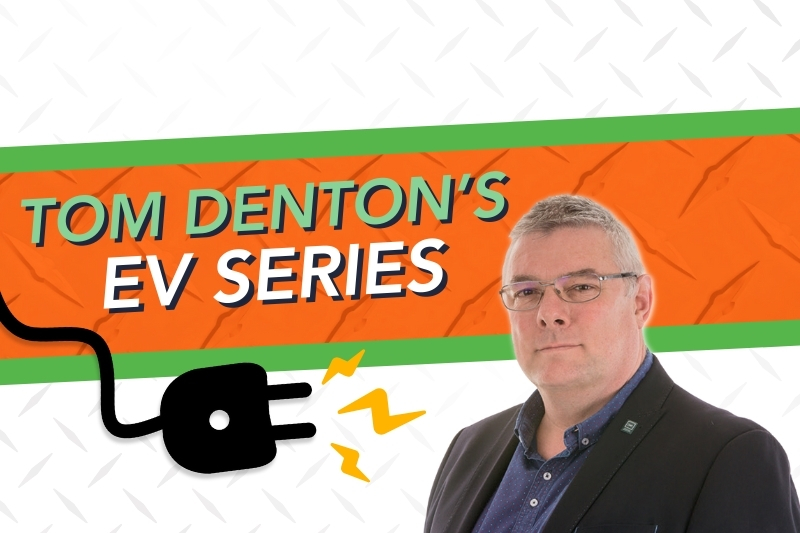
Last month, Tom Denton looked at the EV as a whole. In this article he concentrates on how the motor (also a generator) works.
EV drive motors operate using three-phase electricity. An inverter is used to create this AC from the DC battery. Alternating current motors are more efficient than direct current motors, for EV applications, and are also easier to control. DC motors were used up to the 90s but all modern vehicles use AC.
We tend to describe these components as motors but they are just as efficient operating as generators, when the movement of the car drives them through the transmission. This generates electricity which is returned to the battery. The process is known as regeneration or recuperation.
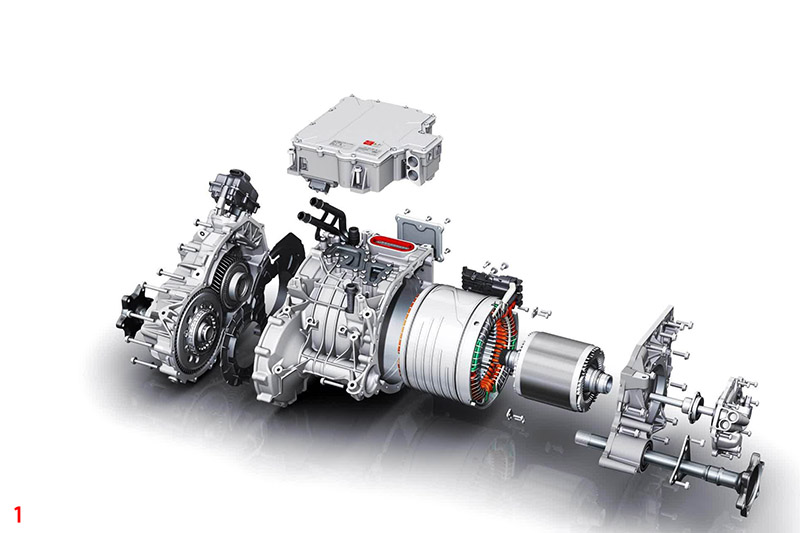
Fig.1 shows a motor from an Audi e-tron, together with the gearbox, differential, driveshafts and control electronics system. You can see a nice animation of the e-engine, as Audi call it, here.
This compact unit, which contains almost all the drive and control elements, is one of the key advantages of the EV layout. This is because it uses fewer components than an equivalent internal combustion engine, but is also more flexible as to where it can be positioned on the vehicle.
The motor shown has a permanent magnet rotor (the rotating part), which is surrounded by stationary windings, called the stator. The rotor has alternating north and south pole permanent (and incredibly strong) magnets. The stator has a corresponding number of windings. As the stator windings are energised or deenergised (switched on or off) they create magnetism and the rotor turns to align to this.

Fig.2 shows the operating principle of an EV motor and the associated circuit. I have simplified the rotor to just one magnet and the stator to three phase windings. In reality there may be 30 or more. The majority of EV motors operate on three phase AC.
To operate the motor, separate phases are switched on at various times to cause rotation. The signals used to switch the power transistors come from the electronic control system. A basic three-step sequence is shown below. As each phase is switched on the rotor magnet is attracted to it and rotates. If the switching sequence reverses, then so does the motor, which is why no reverse gear is needed on an EV.
In simple terms, to control the motor speed the frequency of the switching is changed. To control the motor torque, the current is varied. A sensor is used so the electronic control system ‘knows’ the exact speed and position of the rotor at all times.
This type of control system results in a vehicle drive system that is very smooth and responsive. I am a huge fan of EVs (which must be obvious by now!), but do take the opportunity to drive one if you haven’t yet, the flat torque ‘curve’ that these motors produce makes them very responsive and smooth.
In the next instalment I will take a detailed look at how a lithium-ion (Li-ion) EV battery works.
For more from the EV series, click here.


